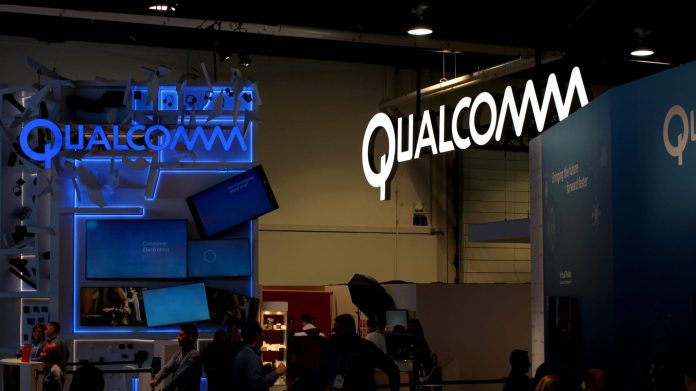Qualcomm has launched its long-awaited 9205 LTE modem for internet-of-things (IoT) applications, combining cellular low-power wide-area (LPWA) LTE-M and NB-IoT connectivity, and support for IoT developers.
Module makers Telit and Quectel were quick to announce products based on the 9205 integrated module.
The new Qualcomm solution, the follow-up to the 9206 modem, is designed as the core module building-block for asset trackers, health monitors, security systems, smart city sensors and smart meters, as well as for wearable trackers.
It supports both 3GPP release 14 LPWA technologies, in the shape of LTE category M1 (eMTC / LTE-M) and NB2 (NB-IoT). It also supports 2G connectivity, and the backwards-compatible enhanced GPRS (E-GPRS) extension, for connectivity where LTE IoT is not yet deployed.
Category M1 mode supports voice for applications such as monitored security panels, and mobility for applications such as asset trackers.
The new modem is 50 per cent smaller, and 70 per cent more energy efficient than its predecessor. It is also compatible with Qualcomm’s existing LTE IoT solutions, enabling manufacturers to reuse software investments to develop new module solutions.
Vieri Vanghi, vice president of product management at Qualcomm Europe, said: “The innovations included in the Qualcomm 9205 LTE modem are critical to support many of the six billion IoT devices expected to use low-power, wide-area connectivity by 2026.
“LTE IoT technologies are the foundation of how 5G will help connect the massive IoT, and we are making these technologies available to customers worldwide to help them build innovative solutions that can help transform industries and improve people’s lives.”
The new 9205 features better battery management, and integrated support for GNSS, including GPS, Beidou, Glonass, and Galileo. Qualcomm also claims higher-grade hardware-based security on the module.
As well, its RF transceiver offers extended bandwidth support from 450 MHz to 2100 MHz, and integrates a comprehensive RF front-end, touted as a “commercial first” in the cellular IoT space, which will simplify the design and certification of IoT products.
A new software development kit provides support to run custom software and access additional capabilities, said Qualcomm.
Pre-integrated support is available for cloud platforms, including from Alibaba Cloud Link One, China Mobile OneNET, DTSTON DTCloud, Ericsson IoT Accelerator, Gizwits and Verizon ThingSpace.
Solutions based on the new modem, including from Gemalto, Quectel and Telit, will be available in 2019. Gemalto said the 9205 provides a “solid foundation” for its own multi-mode LTE modules. Telit said the 9205 will enable it to design smaller, more efficient IoT devices. Quectel described as “unique” its integration of “critical technologies”.
“All its features are put together in a tiny and very energy-efficient chipset that will help Quectel to offer LTE IoT modules that are powerful, economical and with support for superb battery life,” commented Doron Zhang, the company’s senior vice president.
Telit unveiled its xE310 family of LTE-M and NB-IoT modules, including support for 2G fallback and GNSS location technology. The xE310 form factor is based on a single LGA pad layout, it said, supporting multiple module dimensions from ultra-miniature single mode NB-IoT variants for global applications, to larger versions supporting multi-mode multi technology packaging.
Telit will also apply the Qualcomm 9205 LTE modem in new members of the ME910x1 and xL865 module families.
Meanwhile, Quectel took the wraps off its own multi-mode BG95 and BG77 modules, based on the 9205. Its BG95 provides the same footprint as its predecessor BG96, but allows designers to save on the cost of the MCU and PCB space, and reduces PSM leakage by up to 70 per cent eDRX current by 85 per cent.
Meanwhile, its ultra-compact BG77 module, just 14mm x 15mm, delivers the same features and performance, but in a smaller package. It is aimed at smart metering, asset tracking, healthcare and vending machines. Quectel will show both at CES in January.


